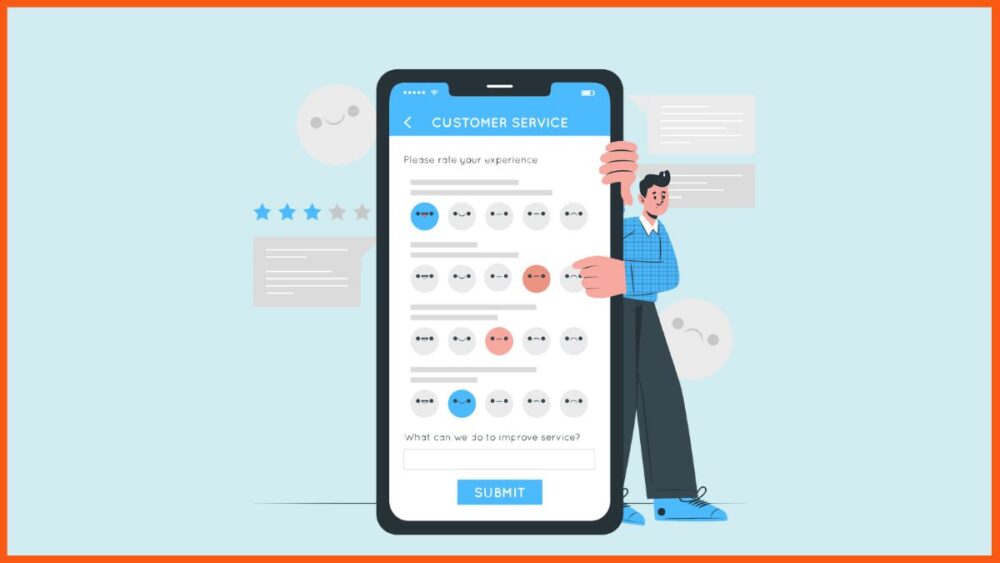
Consumers today have little tolerance for bad experiences; they will share any that arise on social media and switch brands that prioritize customer needs more strongly. Establishing a customer experience (CX) strategy requires commitment from every department in the organization, such as technology, learning and development, sales, marketing, and product development leaders.
Defining Your Goals

An important step in developing a CX strategy is setting goals. Your business must establish its vision and objectives for customer experience management so it can create and track progress along the way, such as setting satisfaction/engagement metrics to measure progress along the way.
Your employees should help define these goals to ensure all parties involved. This can be people such as customers, allies involved with company operations, suppliers and partners included as stakeholders whose interests need to be considered when developing what will be or what is customer experience strategy for your business. Stakeholder management also plays a crucial role here as this process involves identifying each stakeholder’s interests/motivations and mechanisms to influence them as well as potential risks that need to be managed effectively for effective CX strategies to work successfully.
Building a CX strategy takes more than just one attempt; it requires ongoing focus and development. To avoid costly missteps, your current strategy must be tracked for effectiveness, making adjustments as needed – this is why customer success managers play such an integral part in making sure your efforts pay off.
Customers expect businesses to offer effective communication across all channels. This requires employing employees with outstanding interpersonal skills who can respond promptly when customers reach out; as well as offering easy-to-access information via their website and social media.
Identifying Your Key Stakeholders

As part of your CX strategy, it’s vital to identify key stakeholders within your business. These individuals will help implement your vision and create an exceptional experience for customers – something that requires cooperation across departments as well as making sure all stakeholders understand their roles within CX through regular meetings, workshops, or collaborative platforms that facilitate open dialogue.
Those responsible for customer support must understand how their work affects CX, which will allow them to identify any issues and find solutions quickly. Providing these individuals with resources such as training or tools that help ensure high-quality experiences is also key.
Customer service executives must understand the significance of collecting feedback regularly to stay on top of customer expectations and detect industry changes before they become widely known among consumers (source: https://hbr.org/2010/07/stop-trying-to-delight-your-customers). Feedback collection tools that send surveys at key moments during customer journeys, focus groups, or one-on-one discussions can all provide invaluable feedback data.
At the core of any successful company’s vision lies meeting and exceeding customer needs and expectations. To do this, a commitment must be made to continuously improve products and services offered, keeping up with the latest market trends, as well as standing out from competitors by emphasizing CX which fosters brand loyalty while increasing revenue streams.
Creating a Roadmap
As you transition from treating customer service as an afterthought to viewing it as part of an overall strategy that encompasses everything that your company does to provide delightful experiences, realistic goals must be set. Your team must know which metrics are being measured so they can track progress effectively and stay on course.
Maintaining customer feedback collection is also vitally important to ensuring that your goals align with customer requirements. A new customer may develop new preferences or expectations at any point, necessitating adjustments to processes and offerings.
Finalize a plan detailing how each department can contribute to meeting your organization’s CX goals. While starting with customer-facing departments may seem most appropriate, all teams should participate to help employees understand their roles and see that everyone is working toward one common goal. You can accomplish this goal through cascaded objectives within annual planning processes as well as through providing regular training that emphasizes everyone’s contribution toward creating a positive CX.

Creating an Aspirational Statement
As with any strategy, this link says that having a clear vision and aspiration are vitally important in setting CX management techniques in motion. Without one, frontline leaders could find themselves using management techniques that don’t have much transformational effect; without these, techniques might become little more than Band-Aids rather than transformative efforts.
A solid foundation for change requires three things: a definition of the desired degree of transformation, an understanding of customer needs deeply, as well a shared aspiration for change that all stakeholders can agree upon.
Finally, companies must foster a culture of continuous improvement and innovation. This means bringing employees together regularly to work on innovative projects designed to enhance CX, as well as providing ongoing training and education sessions on goals, strategies, and expectations of the company. In addition, creating a feedback culture that encourages employees to share their ideas freely while also giving them the tools they need for positive changes is also vital.








